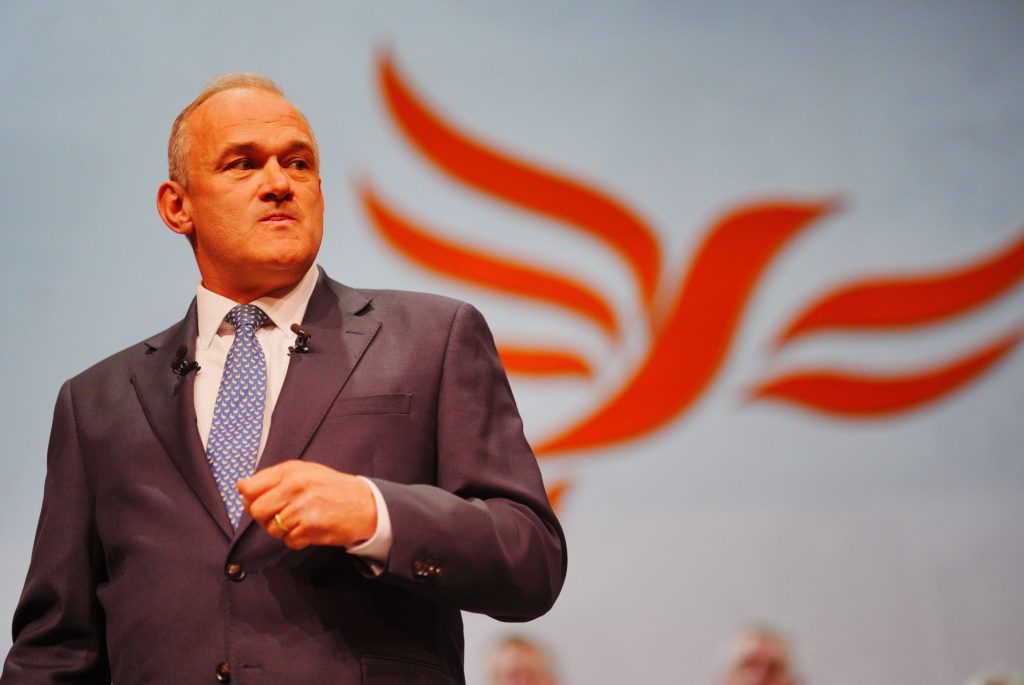A bold new identity: the rise of ‘Liberal Orange’
At the close of their autumn conference in Bournemouth, the Liberal Democrats unveiled a striking rebrand: the party’s traditional yellow has been replaced by a vivid “Liberal Orange.” This fresh hue, described by Baroness Kath Pinnock as reflecting “our growing strength and confidence,” signals a conscious shift away from the softer tones of the past. It also revives echoes of the 2004 Orange Book, which first championed personal choice and liberal ambition. For party leader Ed Davey, the new colour is more than cosmetic—it embodies a determination to stand out and project visible energy in the run-up to the next general election.
‘No ceiling’ ambition: surpassing the Tories and challenging Reform
Ed Davey capped off his leader’s keynote with a declaration of limitless ambition. “My ambition—for our party, our values, our ideas—has no ceiling,” he proclaimed, calling on members to aim not merely for third place but to overtake the Conservatives in Parliament. With Reform UK rising in the polls, Davey argued that the Lib Dems must position themselves as the true centrist alternative: “With the threat that Reform now poses, we have a moral responsibility to aim high.” This “no ceiling” pledge was repeated throughout the conference, underscoring a strategic pivot from defending seat counts to targeting major gains.
Voices of confidence: Tim Farron and a wave of party figures
Several senior Lib Dem figures echoed Davey’s optimism. Former leader Tim Farron likened the party’s journey to a 1,500m race: “We’re about 400 metres in, on the shoulder of Labour and the Tories. When do we overtake them?” he asked, urging a sprint toward the finish line. In Parliament, MP James MacCleary (Lewes) noted that “old loyalties are breaking down” and that centrists from both Labour and Tory backgrounds are open to alternative voices. Hull Council leader Mike Ross, who narrowly lost to Reform’s Luke Campbell in his mayoral bid, predicted opportunities in northern seats where Labour appears divided. Even Green defectors and disaffected Labour supporters in Chichester have told MP Jess Brown-Fuller that neither traditional party “does anything for them”—a gap the Lib Dems aim to exploit.
Policy proposals: windfall taxes and asylum reform
Beyond branding and rhetoric, the conference showcased a handful of fresh policy ideas. The party backed an Institute for Public Policy Research proposal for a windfall tax on bank profits, earmarked to fund an Energy Security Bank and shield households from bill shocks. On immigration, Lib Dems called for a “Covid-style” state of emergency to clear the asylum backlog within six months. And in a direct challenge to tech platforms, they urged Ofcom to probe Elon Musk’s X for potential breaches of the Online Safety Act. While economic detail remains under development, these initiatives signal a willingness to present concrete alternatives ahead of polling day.
Challenges on the horizon: London focus and media strategy
Despite the upbeat messaging, some local party branches expressed frustration. London Lib Dems, eager to make gains in next May’s council elections, warned that national leadership diverted too much attention elsewhere. Bournemouth delegates also grumbled about the disproportionate media focus on Reform’s conference antics, leaving the Lib Dem narrative struggling for airtime. Davey’s own theatrical tactics—arriving with a Union Jack-clad marching band, for instance—drew criticism from members who fear that stunts “for stunts’ sake” risk trivializing the party’s serious ambitions.
Values and vibes: striking the right balance
Throughout the conference, a recurring theme was the interplay of “values and vibes.” Deputy leader Daisy Cooper argued that the party’s communication should blend positive energy with a clear moral compass: “We’re pro vibes, we’re positive, we’re confident, we’re energetic,” she said, underscoring a bid to connect with voters disillusioned by extremism. This dual focus aims to differentiate the Lib Dems from both Reform’s populism and Labour’s centre-left drift, positioning them as the standard-bearers of tolerant, progressive politics.
The road to 2026 and beyond
As the conference wrapped up, delegates were charged with turning this bold new branding and unapologetic ambition into real electoral success. With local council elections looming and a general election likely within two years, the pace must remain relentless. Whether orange truly becomes the colour of political breakthrough will depend on the party’s ability to translate “no ceiling” ambition into messages that resonate across diverse constituencies—and to sustain media momentum in an increasingly crowded political landscape.
